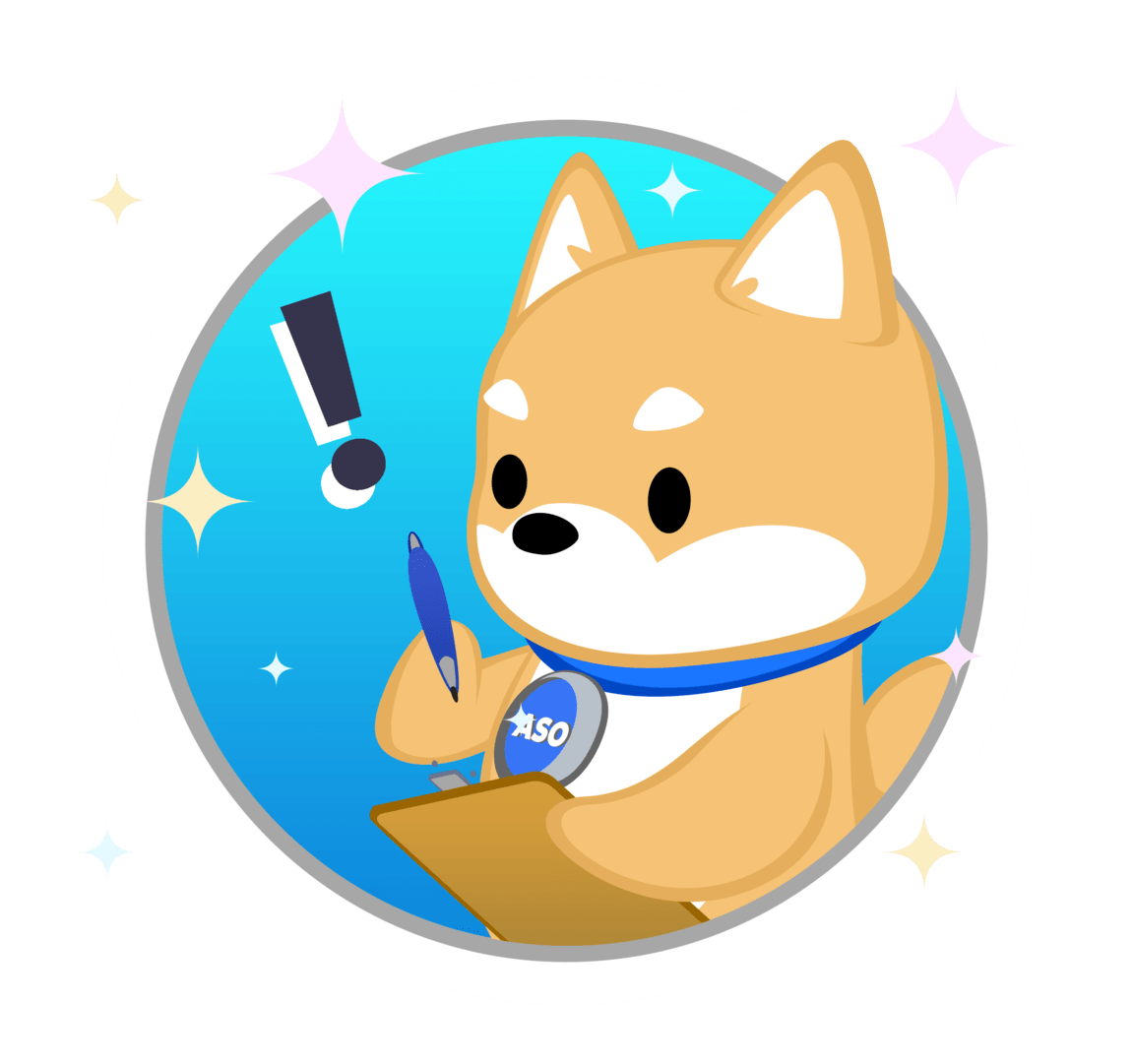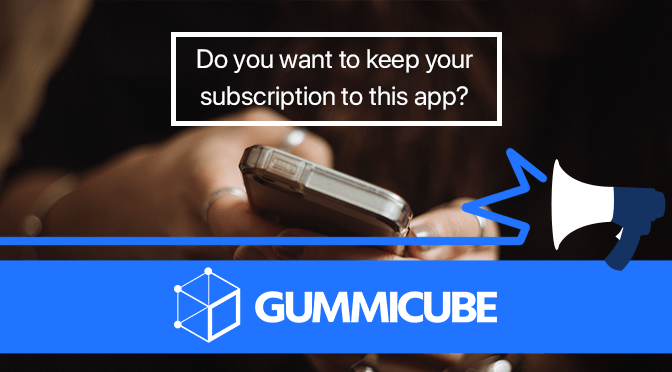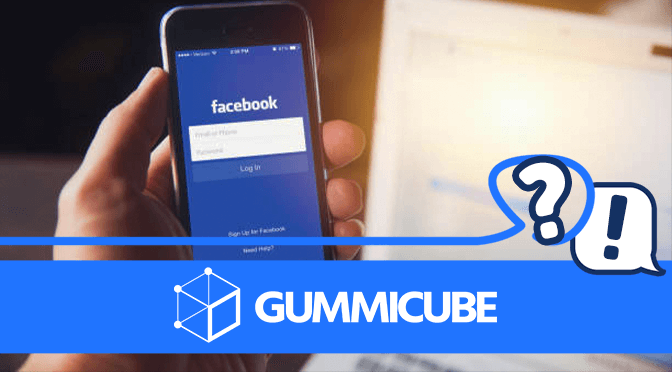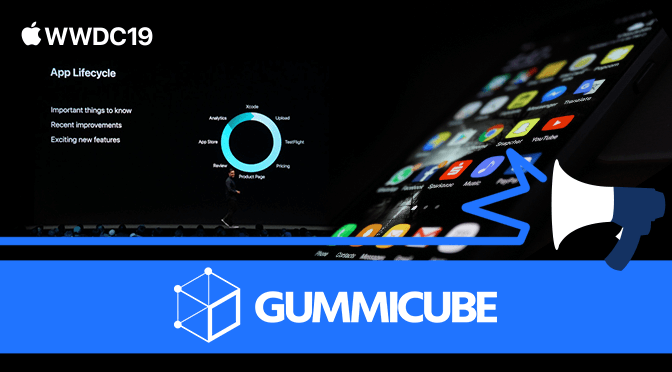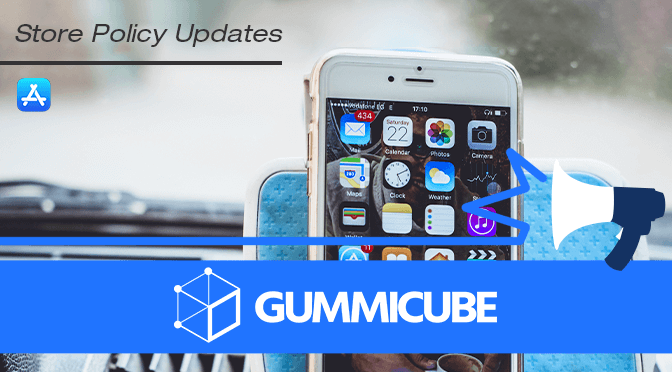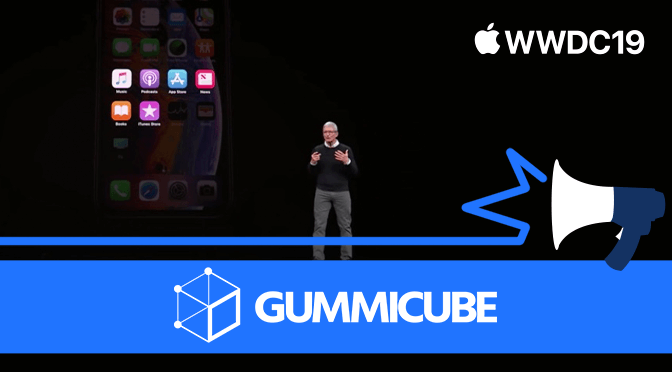
App Store Optimization Strategies You Can Use Today
Posted on June 22nd, 2019
App Store Optimization is vital to an app’s success, but often times developers and marketers who are new to ASO can have difficulty figuring out where to start. There are many best practices to learn and understand, so what are the key strategies for implementing them? Today we’re looking at some key App Store Optimization strategies that you can use when starting your ASO process.

